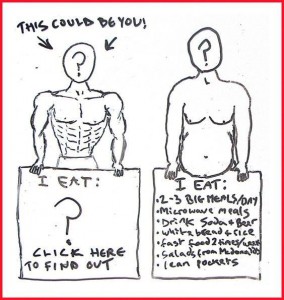The Running Menace!!
There is a funny adage which says, Diabetes runs in the family, because no one runs in his family!! While jogging and running is a common form of exercise to keep healthy & fit, overdoing it can result in musculoskeletal  s as well. The following is for a novice recreational runner and for health/fitness enthusiasts.
s as well. The following is for a novice recreational runner and for health/fitness enthusiasts.
Start Line:
When you begin to Jog / Run, first make sure you have the following 1. Good pair of shoes, preferably with anti-pronation and good cushion 2. The terrain you are going to run, like treadmill, outdoor track, on road etc. Prefer the first two if you have an option 3. Hydrate yourself well and have a well-rested night., the last thing you will need is cramps. 4. Warm up with a low intensity cardio, stretches / foam roller.
Second, make sure you do a Basic Health / Fitness screening, get your risk factors screened for cardio vascular disease and get your Blood pressure and Body fat % Checked. Get a physician approval before you start as it might be high intense for your Heart and Body.
Get a Musculoskeletal Assessment done to check if you are prone for any bone, joint and soft tissue injury like the muscle and tendon. Flat foot, Tight Hamstrings and calf can cause ankle, knee or back injuries. If you have any mobility or strength issues or pre-existing injury, fix them before you start.
On the Track:
People who are already into running, need to ensure they don’t overdo it in FIT Terms!!
Frequency (How Often should I run) – always have a recovery day in between, 5 days a week of moderate intense activity is good., higher the intensity lesser the frequency (3 days), A low intensity Jog or a brisk walk is something which can done all days.
Intensity (How hard should I Train) – High intensity Training can be measured by two ways Heart Rate (HR) & Rate of perceived exertion (RPE). HR maximum (HR max) is calculated by a simple formula 220-age, if you are a 20-year-old adult then your HR max will be 220-20 = 200. A high intensity training will be at 90% and above of HR max. On a RPE scale 0 to 10 where Is 0 no effort at all and 10 is feeling of extremely hard, a high intense training will be 8 and above. Similarly, moderate intense will be 70% to 90% of HR max and 5 to 8 on the RPE scale.
Time (How long should I train) – Higher the intensity lesser the duration and frequency. A high intensity workout will be for 20 to 30mins, 2-3 times a week. Moderate intensity will be from 60 to 70mins, 3-5 times a week.
Finish line:
Remember to cool down after the run with a low intensity cardio and stretch. You may experience muscle soreness for two to three days when you are a beginner (Delayed onset muscle soreness). If it exceeds more than that you need to see a sports physio or a physician. If you are a weekend warrior (exercise only on weekends) do not do high intensity workout, and have an extended warm up and cool down. It’s also important to cross train as it can help to prevent injuries for Ex: 3days of running and 2days of swimming can help to use different muscles on different days and to reduce the impact stress on the joints, so you can run for your life time.
HAPPY RUNNING!!!

